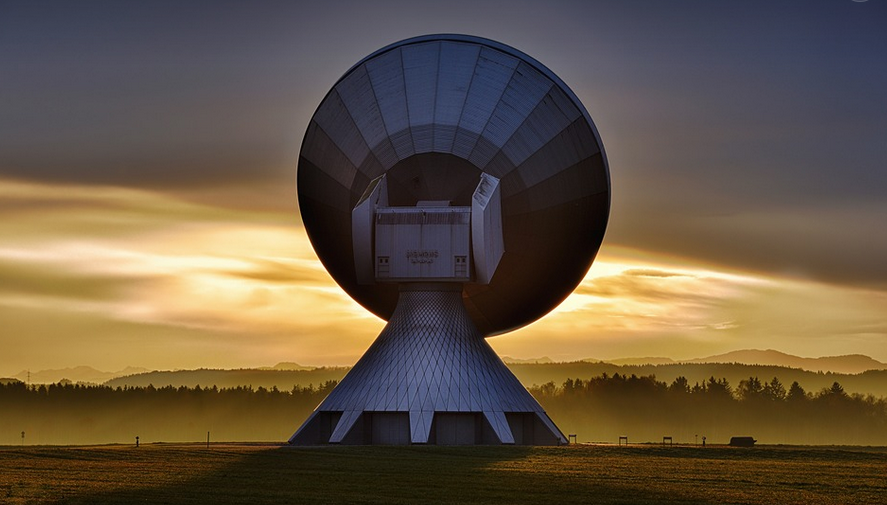What Does Your Transmission Light Mean?
Seeing that dreaded transmission light on your dashboard is never a good feeling, it’s like getting a gentle nudge to acknowledge something important. This flashing warning system is a vital communication tool between you and your car’s internal mechanics. It’s essentially alerting you to potential issues with the power train of your vehicle – specifically, the gearbox.
Causes of the Transmission Light
The transmission light doesn’t simply point out any issue; it focuses on a specific problem that might be occurring within the system. This can range from minor hiccups to severe malfunctions and requires attention.
Some common reasons for this warning include:
* **Low Transmission Fluid:** The transmission needs lubrication, just like any other mechanical part of your car. If the fluid level is too low or contaminated, it can cause friction and overheating leading to a faulty transmission.
*Checking and topping up the transmission fluid is essential. Consult your owner’s manual for the correct type and amount.*
* **Transmission Solenoid Problems:** The transmission relies on solenoid valves to control gear shifting smoothly. If these solenoids malfunction, it can lead to a jerky ride or even prevent shifts from taking place at all, causing you to stall.
*Look for leaks around the solenoid valves and ensure they are functioning properly. A mechanic can test and replace faulty solenoids if needed.*
* **Sensor Malfunction:** Sensors like the transmission speed sensor or torque sensor provide crucial data about your car’s movement and gear changes. If these sensors go wrong, it can affect the overall functionality of the transmission.
*Scanning for error codes using a scan tool can pinpoint sensor problems. Replacing faulty sensors is often the solution.*
* **Damaged Transmission Components:** This problem requires immediate attention. A damaged gear, clutch or torque converter can lead to rough shifting, loss of power and even complete transmission failure.
*A mechanic will need to diagnose the specific damage and recommend repair options. In some cases, a replacement may be necessary.*
What Should You Do When the Transmission Light Comes On?
Don’t panic! The transmission light doesn’t always signal a major problem. It often indicates minor issues that can be addressed with routine maintenance and driving adjustments.
Here are some immediate actions you should take:
* **Check Your Transmission Fluid:** Look for leaks, low levels, and assess the color of the fluid. If necessary, top off the fluid according to your manual recommendations.
*Consult a mechanic if you’re unsure about checking or topping up the fluid.
* **Drive Gently:** Avoid heavy acceleration, rapid braking, and sharp turns. These can put extra strain on your transmission and exacerbate any underlying problems.
*If possible, try to drive in a more relaxed manner until you can reach a mechanic.*
* **Monitor the Light:** If the light persists after some gentle driving, consider taking it to a trusted mechanic or dealership for a professional diagnosis.
The Importance of Regular Maintenance
Preventing transmission problems often starts with regular maintenance. It’s a smart move to follow your car’s recommended maintenance schedule.
* **Fluid Changes:** Just as you need to change oil regularly, you should also check and replace your transmission fluid based on your owner’s manual recommendations.
*Schedule routine service visits with your mechanic for this crucial task.*
* **Sensor Checks: ** Keep an eye out for any unusual noises in the car that might be linked to sensor problems.
*Keep a record of regular checks and service history for your vehicle.*
* **Early Intervention:** The best way to avoid costly repairs is by addressing small issues before they escalate into major ones.
Take Action Today!
Don’t ignore the transmission light. It’s a signal your car needs attention, and ignoring it will only lead to bigger headaches down the road. If you are facing challenges with driving or have any doubts regarding the transmission, don’t hesitate to consult a mechanic. Regular maintenance is the key to keeping your vehicle running smoothly for years to come.



